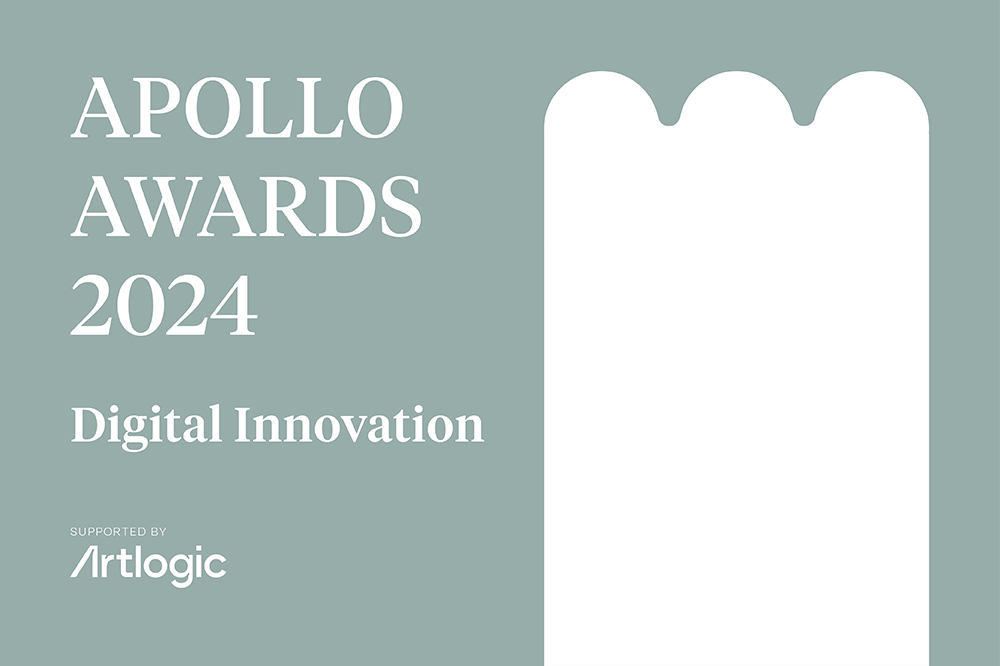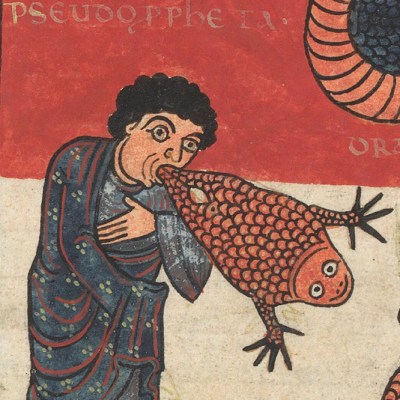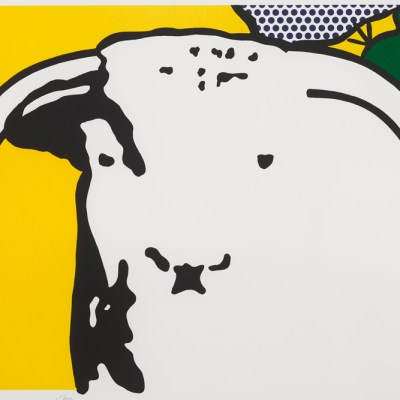
In the mid 16th century, the Spanish friar Bernardino de Sahagún decided to catalogue the culture and history of the Mexica people (aka the Aztecs). Over 45 years, he wrote 12 books, comprising 2,500 pages and more than 2,000 illustrations. One of the most remarkable ethnographic documents of its kind, it has now been digitised in its entirety by the Getty Research Institute, making each page viewable in detail, with transcriptions and translations.
Butterfly and jaguar fish (papalomichi and ocelomichin) in Book 11 of the Florentine Codex (1577). Courtesy Biblioteca Medicea Laurenziana, Florence, and by permission of the Italian Ministry for Cultural Heritage and Activities and for Tourism (MiBACT)

Audiences unable to travel to Amsterdam for the Rijksmuseum’s recent Frans Hals exhibition, the largest show of his work in 30 years, could get close to the show thanks to ‘Frans Hals: Strokes of Genius’ – a free virtual version on the Rijksmuseum’s website. Dozens of his paintings can be viewed in high resolution, accompanied by voiceover insights – delivered by Joanna Lumley – into Hals’s life, contemporaries and artistic techniques.
The Lute Player (1623–24) Frans Hals. Musée du Louvre, Paris
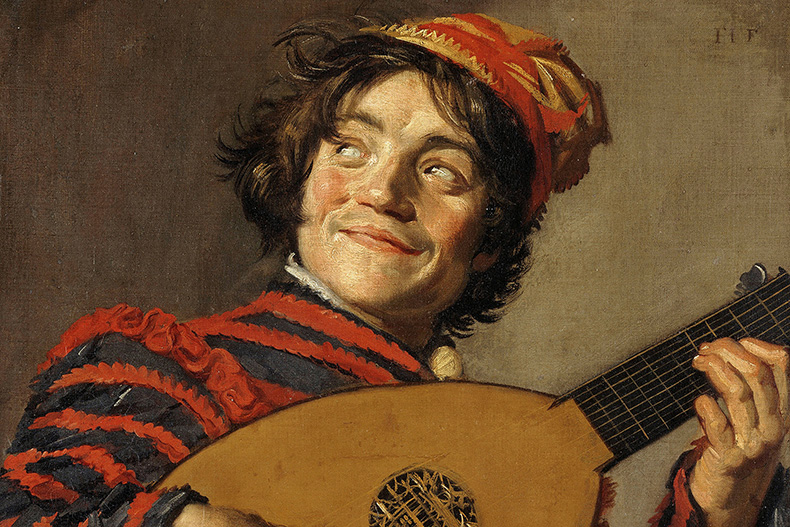
Roy Lichtenstein Catalogue Raisonné
Having turned 25 last year, the Roy Lichtenstein Foundation has launched a digital catalogue raisonné of the Pop artist’s work, comprising more than 5,000 paintings, prints, collages, drawings and sculptures. A number of previously undocumented pieces have been added to the online catalogue, which is easily searchable and lets users annotate artworks and study Lichtenstein’s sketchbooks. Also available are several works abandoned or destroyed by the artist.
Sunrise (1965), Roy Lichtenstein. © Estate of Roy Lichtenstein

A partnership between Art UK, Collections Trust and the University of Leicester, the Museum Data Service addresses a lack of transparency around museum databases. Museums in Britain exist to serve the public, but the public hasn’t been easily able to explore their collections for free. Now, on a single website, anyone can find records pertaining to more than three million objects in 21 museums, including the National Gallery in London.
The objects whose records are listed on the Museum Data Service include this Armagh Neighbourhood Cavalry helmet (c. 1796). Courtesy Armagh County Museum
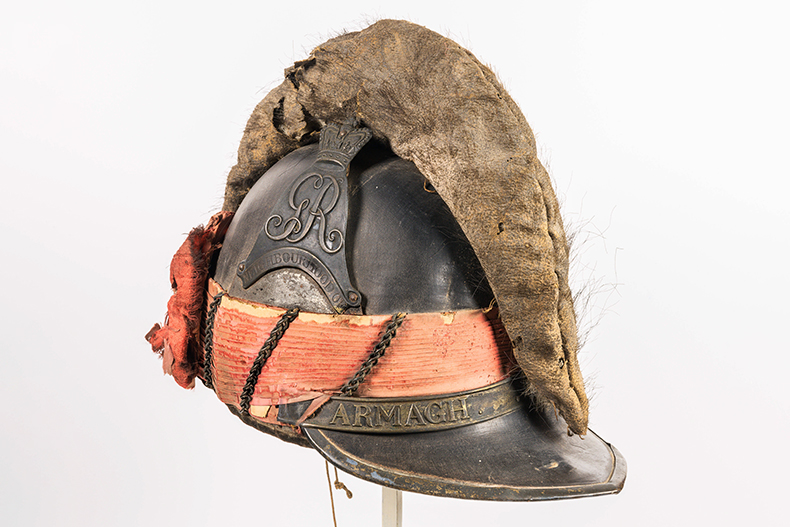
Launched by Jason Felch, a former LA Times journalist, the Museum of Looted Antiquities gives a sense of the complexity of restitution, providing detailed information about more than 100 objects from around the world and the road to their returns. Behind the scenes, the museum has built a database of more than 850 repatriation cases involving nearly a million items, including information on trafficking networks and even the names of alleged smugglers.
The top half of Weary Herakles (mid to late 2nd century), maker unknown. Courtesy Museum of Looted Antiquities
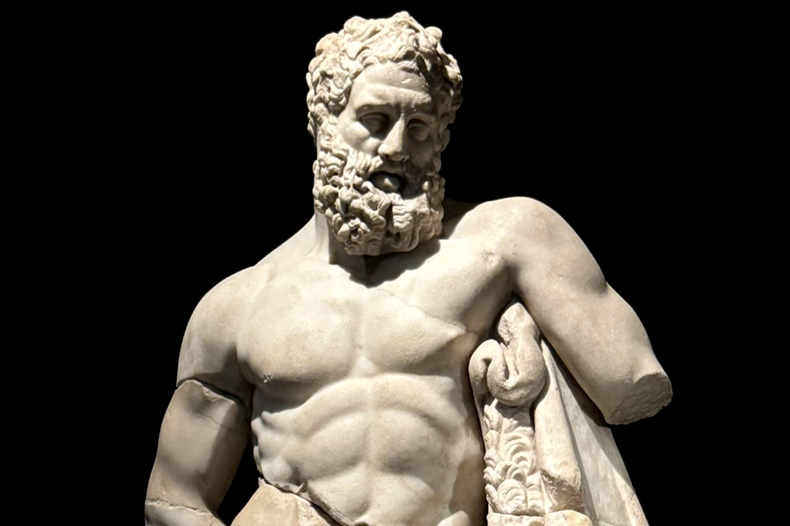
Royal Dresden Porcelain Collection
Augustus the Strong, elector of Saxony and king of Poland at the turn of the 18th century, was a connoisseur of Chinese and Japanese porcelain. During his reign he amassed nearly 9,000 objects from east Asia – a project continued by his son Augustus III. Their varied, exquisite collection has now been digitised and is available online in the form of a searchable, impressively user-friendly catalogue raisonné.
The many-armed Daoist deity Doumu (1675–1725), maker unknown, Dehua, China. Photo: Adrian Sauer; © Porzellansammlung, Staatliche Kunstsammlungen Dresden

The Shortlists | Artist of the Year | Museum Opening of the Year | Exhibition of the Year | Book of the Year | Acquisition of the Year
